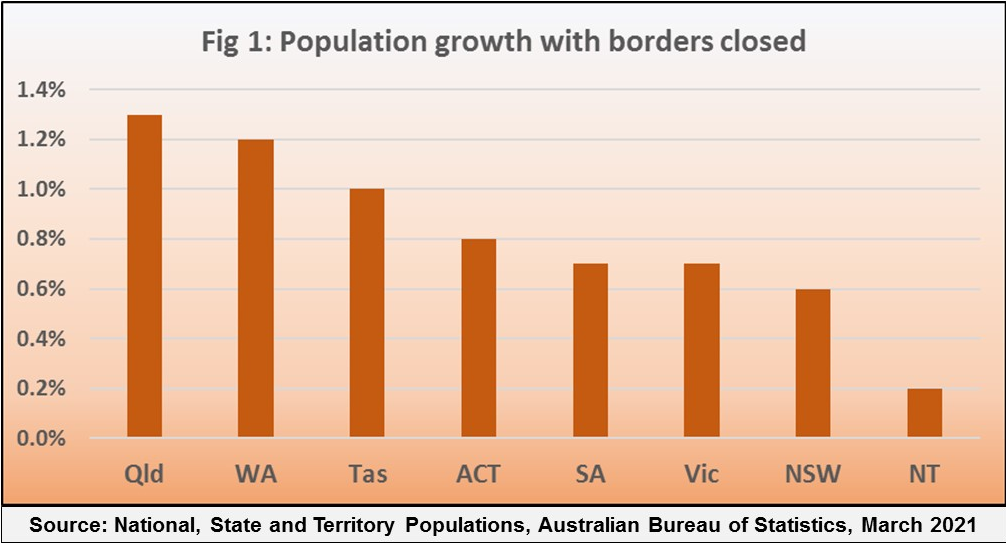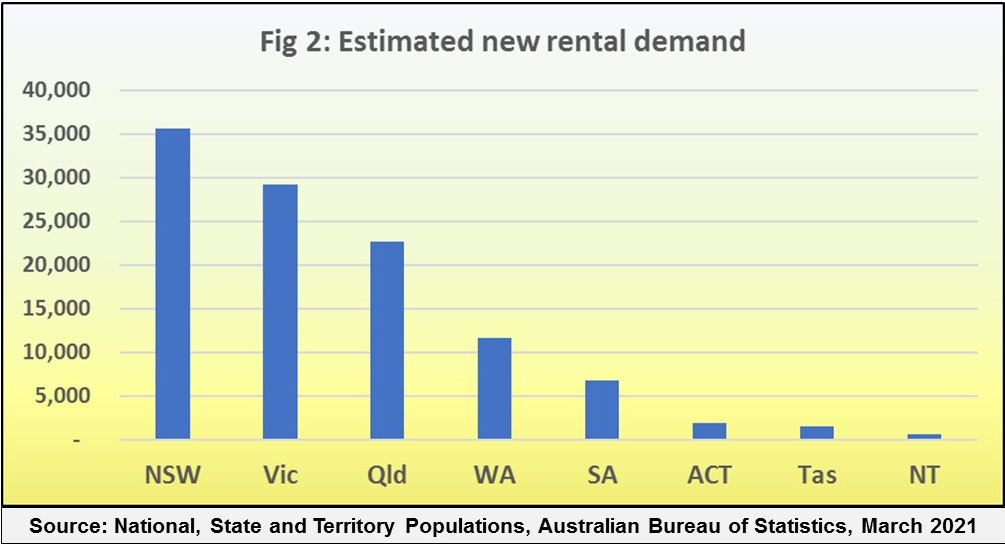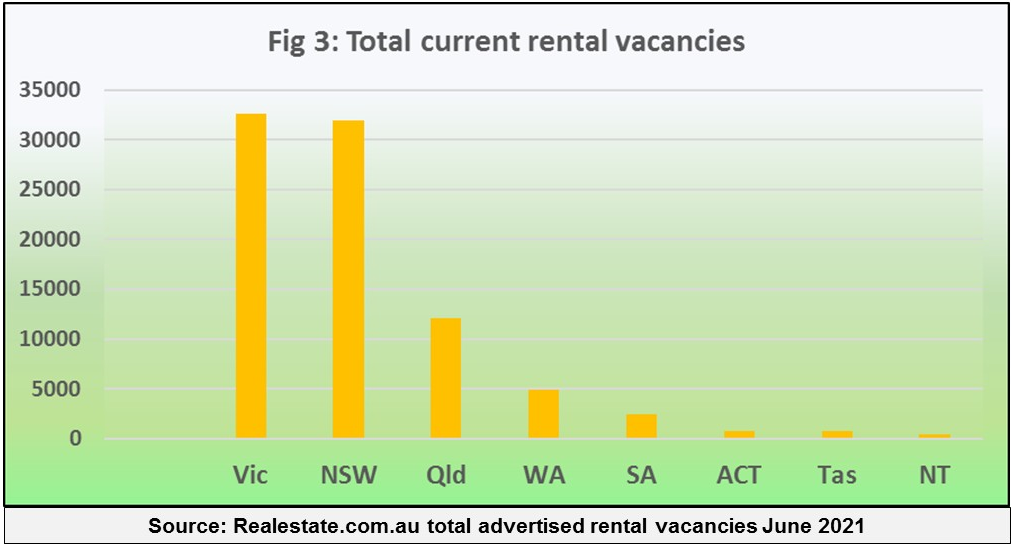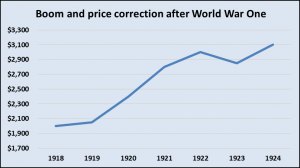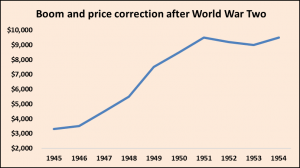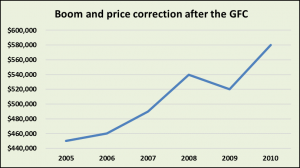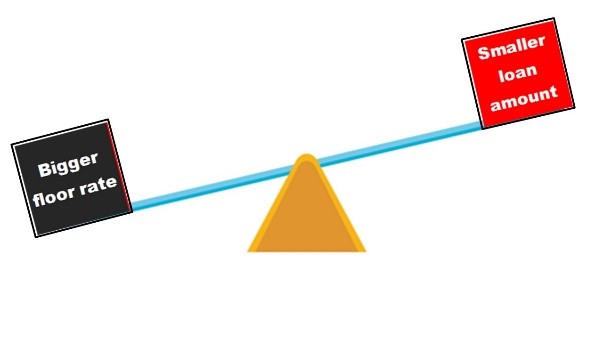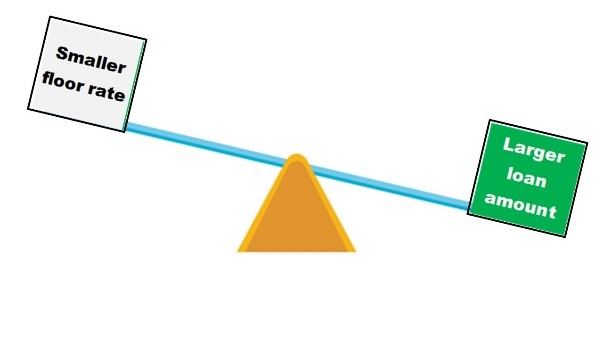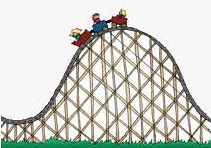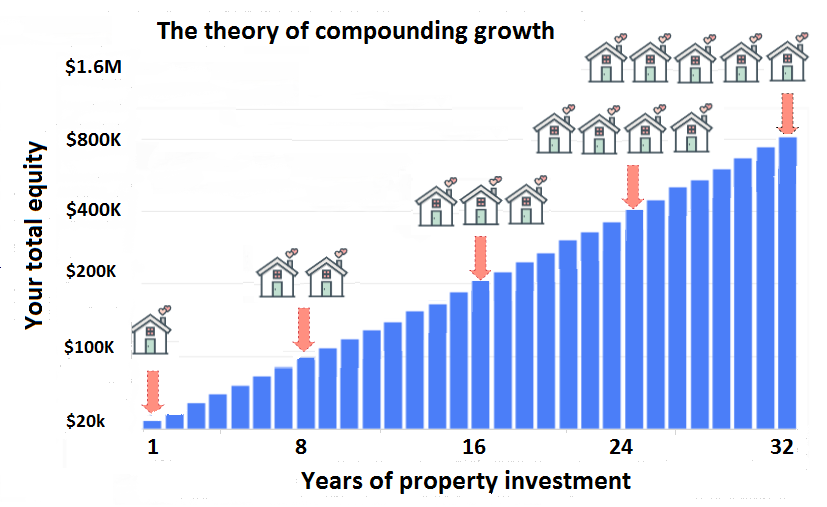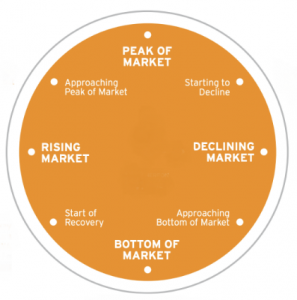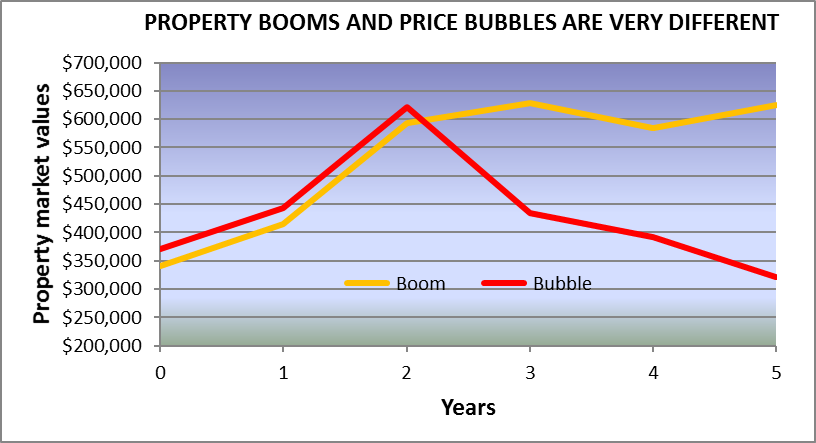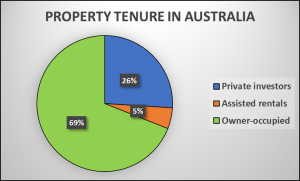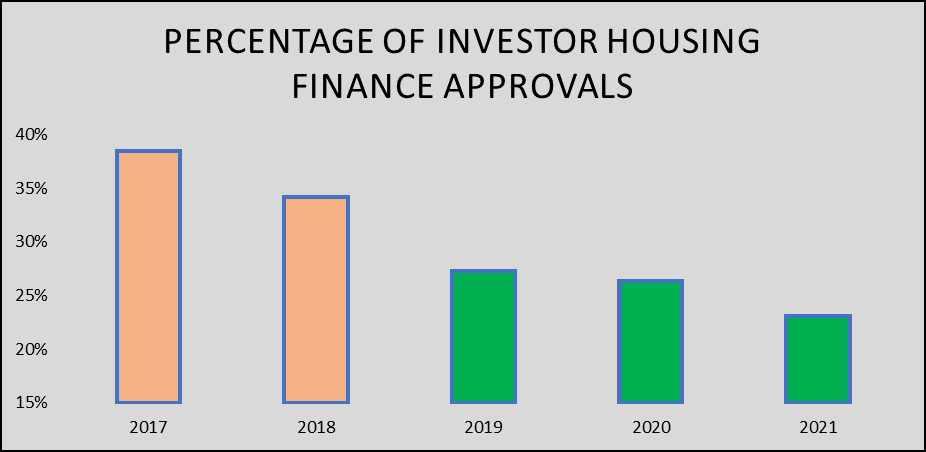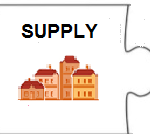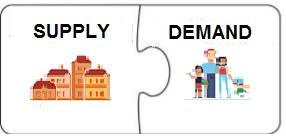Timing versus time in the market
Some property market experts and analysts promote a buy and hold strategy, called “time in the market” and others advocate a buy and sell strategy known as “timing the market”.
But sometimes, the same experts will switch from one strategy to the other. For example, early last year, when most experts expected a pandemic induced property market downturn, the call was no, you can’t time the market, but now that the market is booming, that’s all changed to yes, you can time the market.
Does this mean that you can time the market at some times, but not at others? Or is there something else going on? To find out, let’s look at how these two very different investment strategies are presented.
Time in the market means buy and hold
Experts promoting time in the market claim that investing in property is a long term strategy. They’ll say that it’s difficult if not impossible to predict imminent changes, and even if growth stops for a while it doesn’t really matter, because prices always go up over time.
In fact, they’ll assure you that prices double every eight to ten years, so you can use the power of compounding growth to accumulate wealth over long periods of time.
This approach means that it’s always a good time to buy and then rely on time in the market to watch your equity grow.
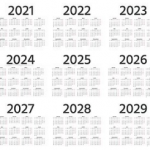
Experts pushing timing the market claim that buying for imminent growth and avoiding downturns is much more profitable than buying and holding for the long haul, because property market performance is predictable, even in the short term.
They forecast the imminent future with tools such as the property clock or the property market cycle to reveal when and where the market is moving into a growth phase, and prices will soon rise.
They say that timing the market enables you to buy at the right time and in the best location to ride the next wave of price growth.

So, which strategy achieves the best results?
It would seem that timing the market works best when we know which way prices are heading, and that time in the market is safer when we don’t know what is around the corner, but this misses the point.
Achieving average market driven growth with the same property over many years is nowhere near as profitable as buying for high growth and selling when the growth wave has passed.
This means that timing the market will always be the most successful strategy to achieve wealth from property, as long as we know how to find those locations with the best imminent price growth potential.
